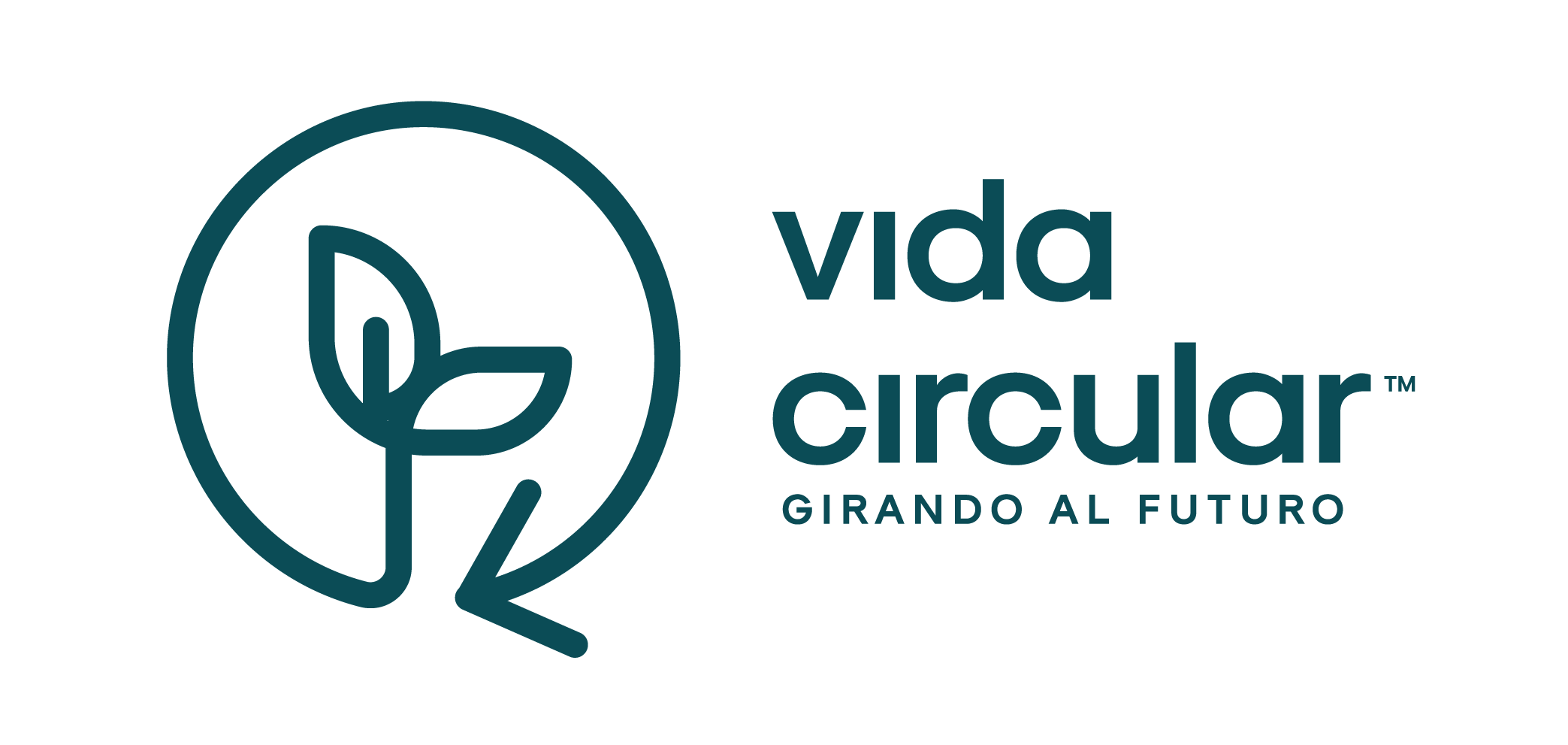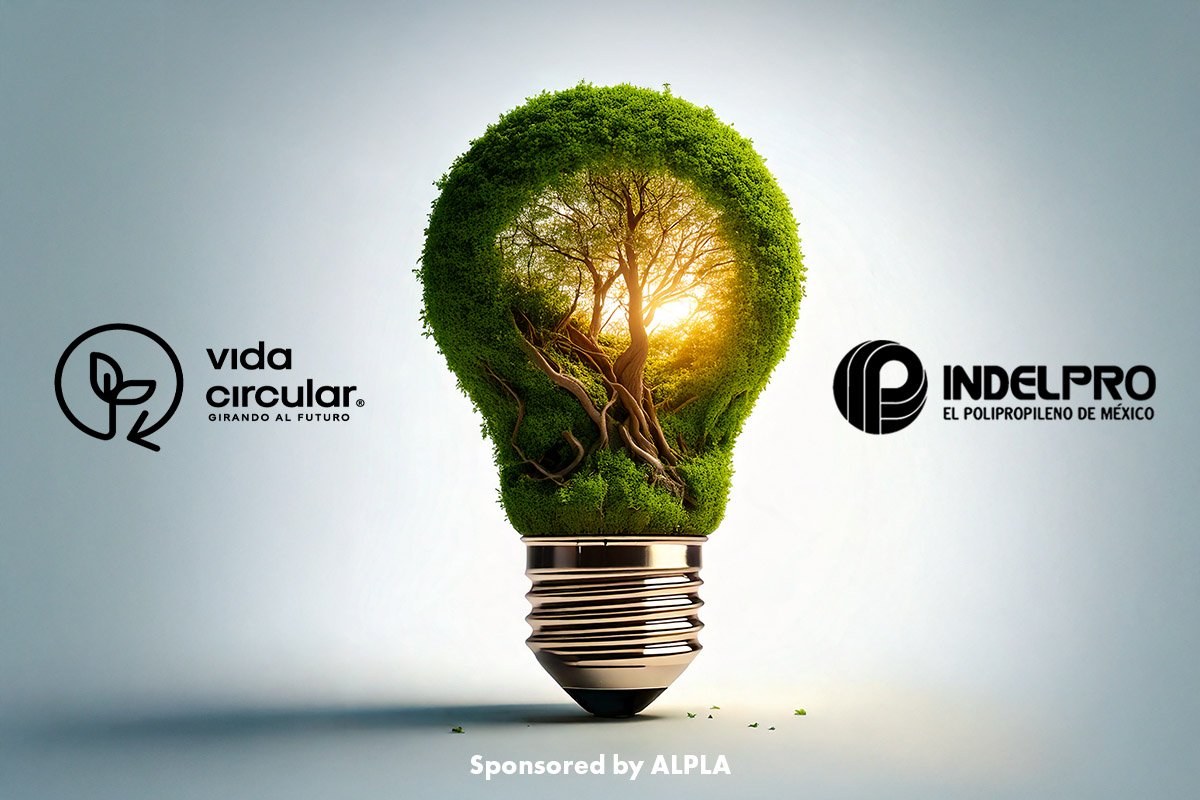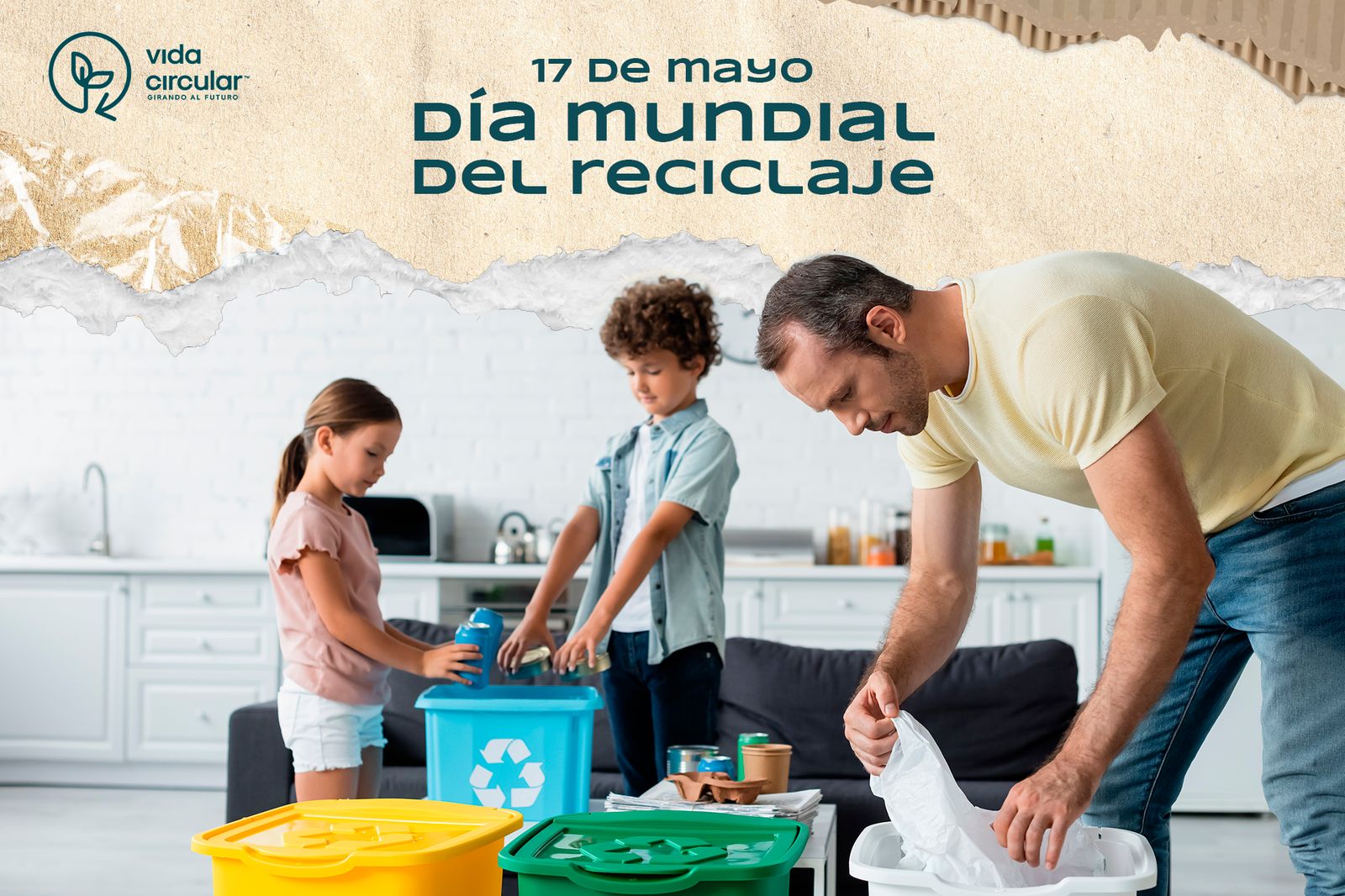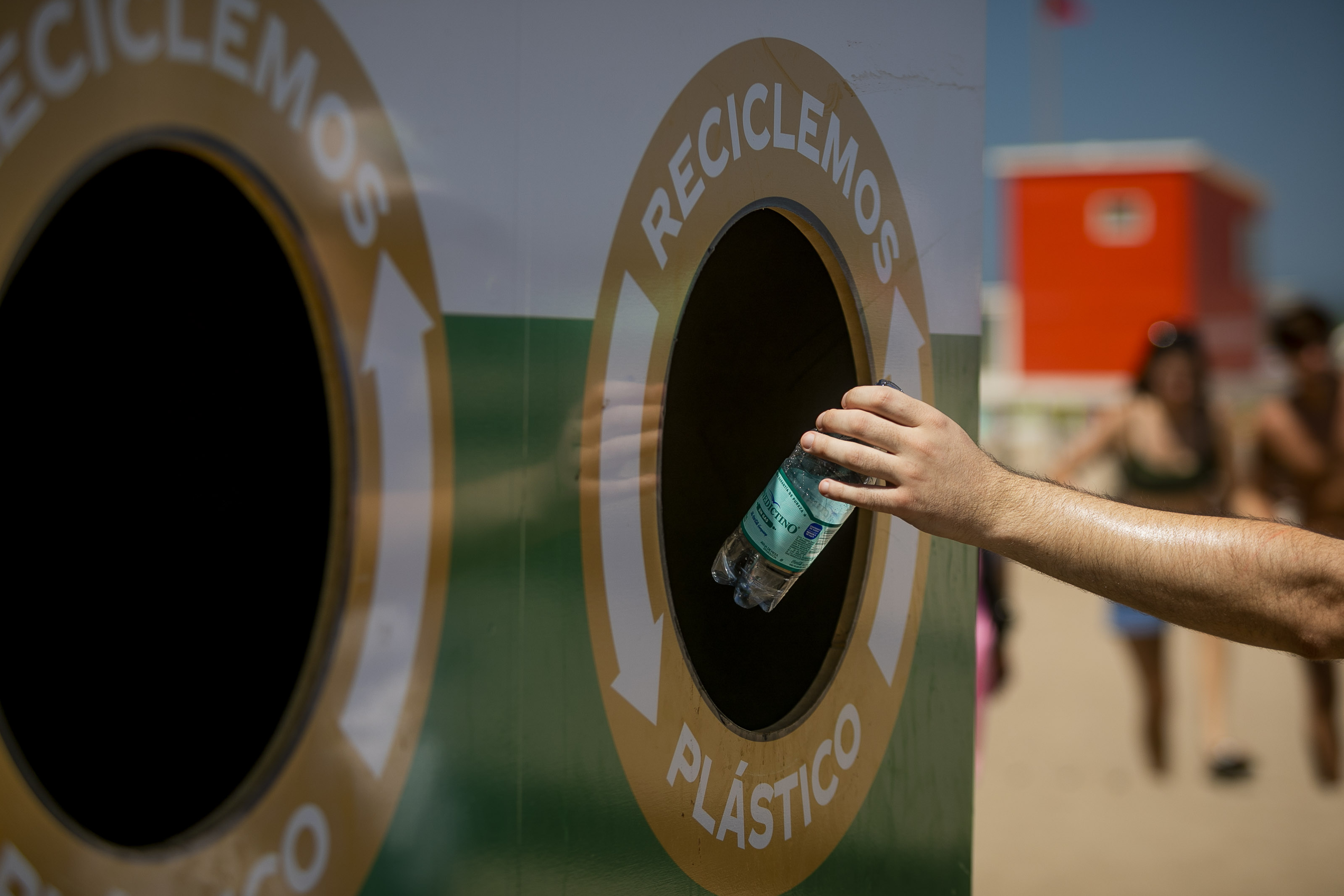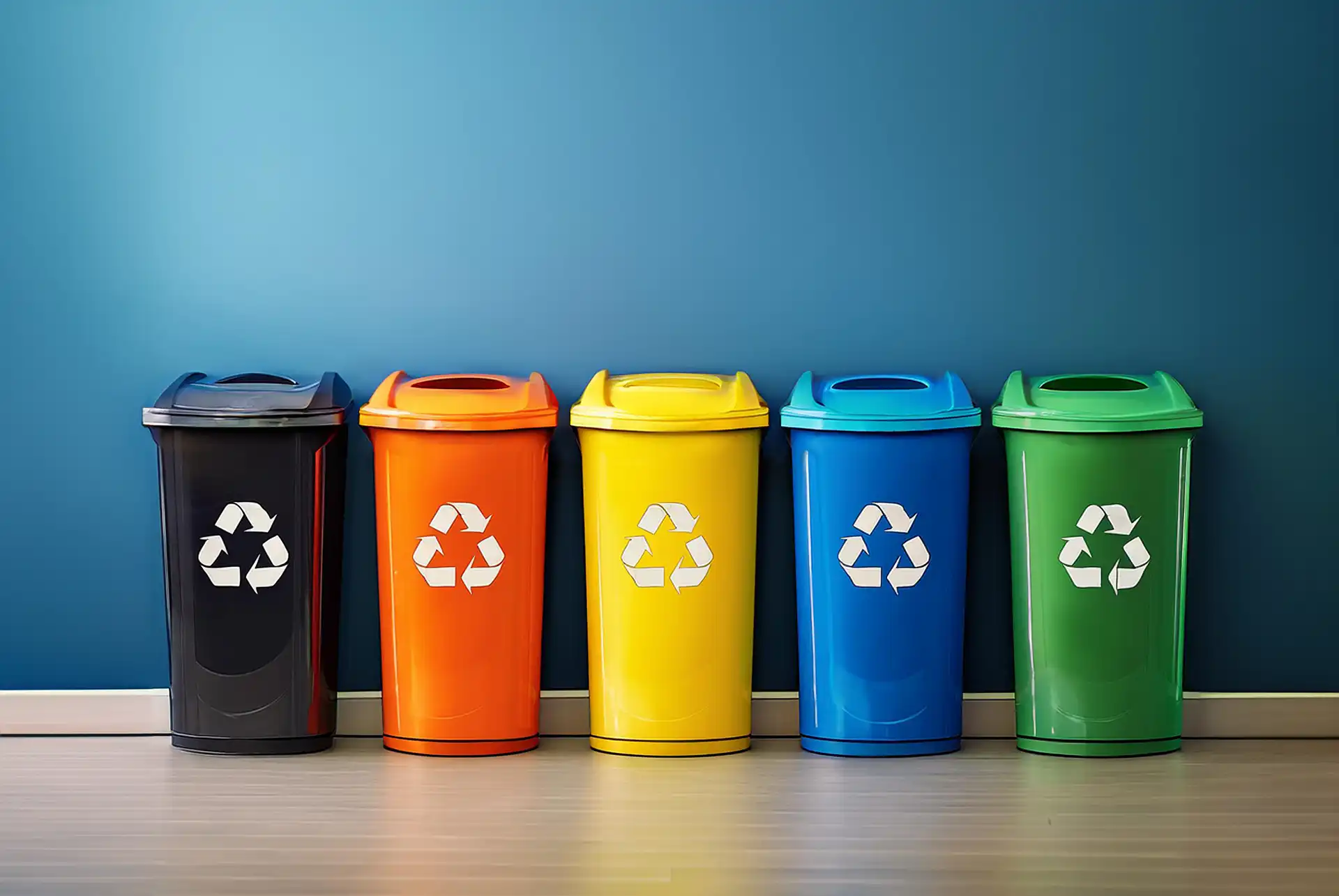
Recycling bins: What to throw away in each color for effective recycling
A recycling bin is a container specially designed to collect and separate different types of waste, facilitating its recycling. recycling and correct treatment. These bins are usually identified with specific colors that indicate what type of material should be deposited in each one: glass, paper, plastics, organic waste, among others. By using these containers, we help to ensure that waste does not end up mixed and can be processed more efficiently in recycling plants, thus contributing to the reduction of pollution and care for the environment.
Using the right recycling bins correctly is a small action with a huge impact. When you separate your waste into the right bins, you ensure that the recycling process is more efficient and effective. This is crucial because it prevents cross-contamination between materials, which can cause an entire load of recycling to become waste if not separated well.
For example, by using the right bottle for plastics and not mixing them with organic waste or wet paper, you make it easier for these materials to be processed correctly and return to the production chain as new products. This reduces the demand for virgin resources, decreasing the oil extraction needed for new plastics and saving trees that would be used to produce more paper.
In addition, when you contribute to the effective recycling cycle, you are helping your community save money on cleanup and waste separation, and fostering a greener, more sustainable local economy. On a personal level, using the right recycling bins helps you become a more conscientious and responsible citizen, setting an example and fostering a culture of respect for the environment in your surroundings.
Recycling bins colors and materials
Recycling is key to reducing the impact our waste has on the planet. And while it may sometimes seem that our individual actions are small, the truth is that every time we separate our waste correctly, we are making it easier for those materials to reach recycling plants and have a second life. That's where the color-coded garbage can system comes into play, helping us to sort waste by type.
Here we tell you in a simple way how each of these containers works and what kind of materials you should put in them:
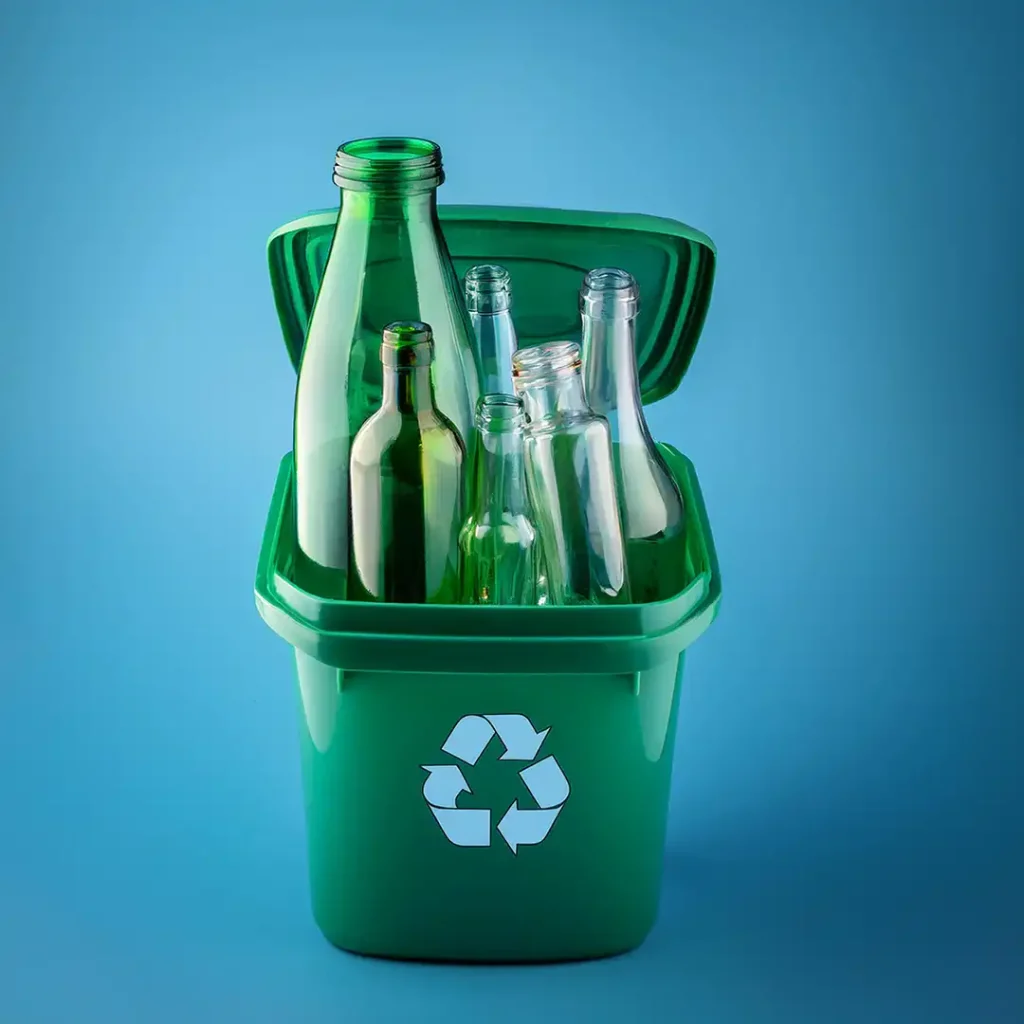
Green - glass:
This container is for glass, and here you can deposit bottles, jars or any container you have used. Once the glass you place in this bin is collected, it travels to the recycling plant, where it is cleaned, crushed and finally melted down to become new containers or products. It is a very efficient cycle, as glass can be recycled over and over again without losing quality.
However, broken glass, mirrors, and light bulbs should not be placed in the green garbage can, as they have other components and require different treatment.

Blue - paper and cardboard:
The blue garbage can is intended for cardboard boxes, magazines, newspapers, brochures and even sheets of paper that you no longer need. When you separate these materials at home, you are ensuring that they reach the recycling plant where they will be processed into new paper products. In this way, we prevent them from ending up in a landfill, where they would have no use.
The paper and cardboard you place here should be as clean as possible. If they have food leftovers or are very dirty, they could damage the recycling process and even contaminate other materials.

Yellow - plastics:
The yellow container is exclusively for plastics. Here you should place bottlesbottles, food containers, hygiene products and any other plastic objects that you no longer need. When these materials are collected, they arrive at the recycling plant, where they are processed into new products or packaging.
It is not necessary to wash plastics thoroughly, as recycling plants will clean them. However, it is important that they are not soiled with organic content, as this could contaminate other recyclable materials.

Red - hazardous waste
This container is intended for hazardous waste such as batteries, batteries, chemicals, and other materials containing toxic substances. Separating these wastes is essential to prevent their harmful components from contaminating not only other recyclable materials, but also the environment.but also the environment. By separating them, you ensure that they receive the specialized treatment they need.
These wastes should not be mixed with ordinary garbage, since improper handling can generate serious contamination problems and health risks.

Black - non-recyclable waste
The black container is reserved for waste that does not have a specific classification and cannot be used in recycling plants. Common examples include used napkins, cigarette butts, wax paper, and other materials that cannot be reused.
It is important that these wastes are kept separate from recyclables, as they cannot be transformed into new products and mixing them with other wastes could hinder the recycling process.

Orange - organic waste
This container is intended for fruit peels, food scraps, coffee grounds, and other biodegradable waste. By separating these wastes, we are not only preventing them from ending up in landfills, but we are also helping to turn them into compost, a natural fertilizer that can be used in agriculture and gardening.
Composting is a process in which organic waste decomposes naturally, enriching the soil with essential nutrients. So every time you deposit food scraps in the orange garbage can, you are helping to close the cycle of materials in a sustainable way.
Recycling symbols and their meaning
When recycling, you will also come across various symbols on products and packaging. Here are some of the most common:
The triangle of arrows: This is the universal symbol of recycling. It indicates that the material is recyclable. If the triangle is inside a circle, it means that the product is made from recycled materials.
Tidyman: This drawing of a person depositing garbage in a can indicates that you should dispose of that item responsibly.
Green dot: Although it can be mistaken for an indicative of recyclability, this symbol actually means that the manufacturer has contributed to a scheme for packaging recycling.

Tips for implementing them in your home
Integrating recycling bins into your home is easier than it sounds and can become a fun part of your family's routine. Here are some tips for you to start recycling at home without complications and with the whole family on board.
Talk about the importance of recycling and how every plastic bottle, can, or newspaper they recycle helps the planet. You can show them educational videos or interesting facts about recycling that help them better understand why it's so important.
Implementing these small changes at home not only helps the planet, but also fosters an environment where everyone feels part of an important mission. Recycling can be a great way to teach values and work as a team.

Help us engage your community in recycling
Encouraging the use of recycling bins in your community or workplace can go a long way toward taking care of our planet, and you don't have to do it alone. You can start with something as simple as organizing a small talk about how easy it is to recycle and how much it helps the environment. Share simple and clear tips on how to separating waste and how important it is to use the right recycling bins.
If you're at work, why not come up with the idea of having recycling bins on every floor or apartment? You can talk to your bosses or the human resources department to see how to implement it. Showing them how this can improve the company's image as one that cares about the environment might be a good point to convince them.
In your neighborhood or in your building, try to organize recycling events. They can be specific days where everyone commits to bringing their recyclables to a common point and perhaps even organize a small barter market. This not only promotes recycling, but also strengthens community ties.
And don't forget how helpful it can be to use social media or a community newsletter to share information about recycling. Sometimes, people want to recycle, but they don't know how to start. Sharing quick guides, interesting facts about the benefits of recycling, and news about local recycling efforts can inspire more people to join.
Remember that every little effort counts, and by sharing your enthusiasm and knowledge about recycling, you can make a big difference in your community. So, let's get to work and recycle!

To conclude: All together we can generate change
At Circular Living, we are dedicated to raising awareness of the importance of recycling, not only in individual households, but throughout our entire society, including government, businesses, and local communities. We strongly believe that when each of these sectors works together, we can make a much greater impact.
If you're a citizen looking to make a difference, we're talking directly to you: implementing these recycling strategies in your daily life and motivating others to do the same can bring about meaningful change. Your participation and leadership in promoting recycling in your community not only helps protect the planet, but also builds a more sustainable future for all.
At Vida Circular, we are committed to supporting you in this endeavor. We believe that change begins with the action of each individual and is amplified when the entire community is involved. Together, we can transform the way we live and leave a positive legacy for future generations.

